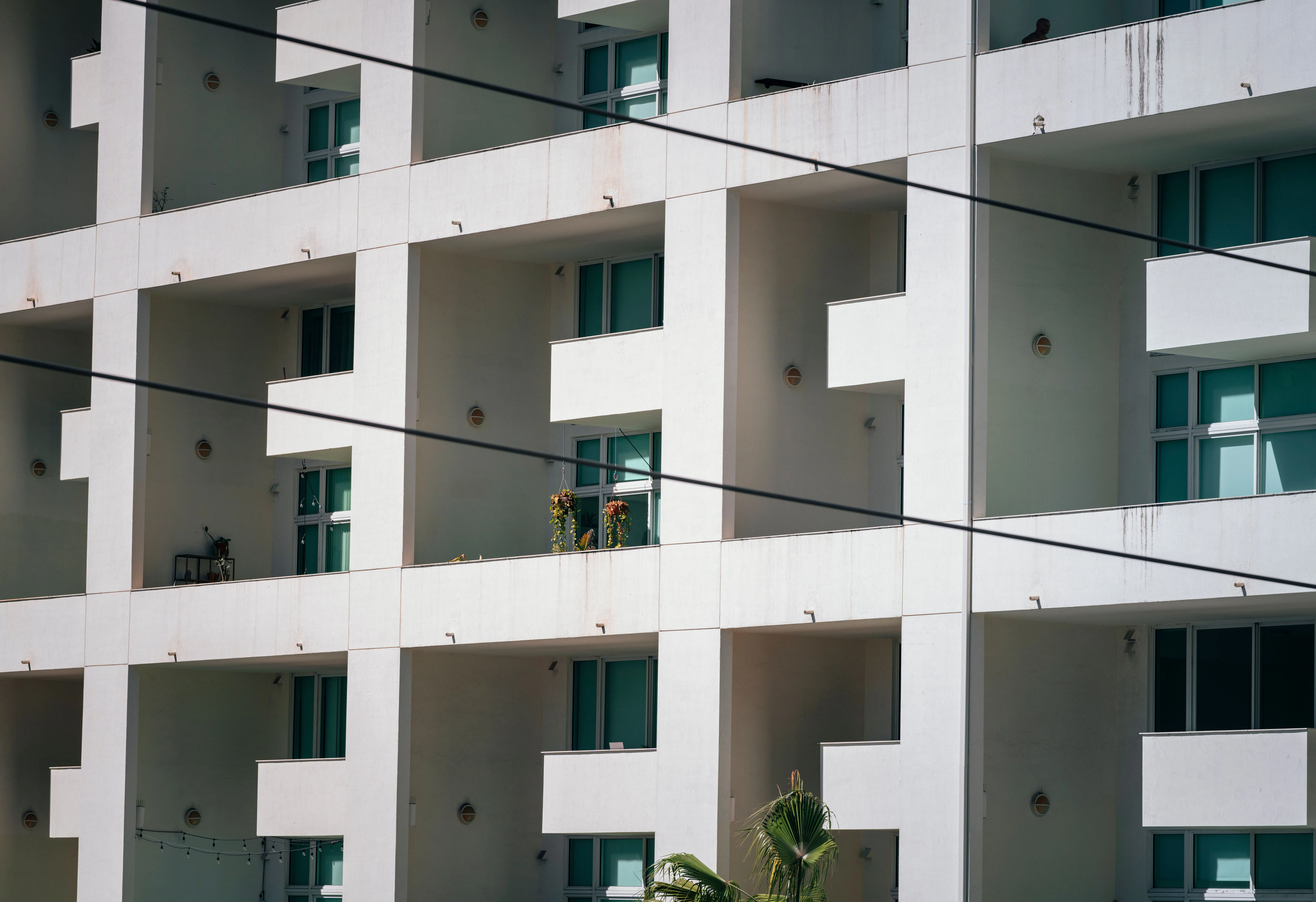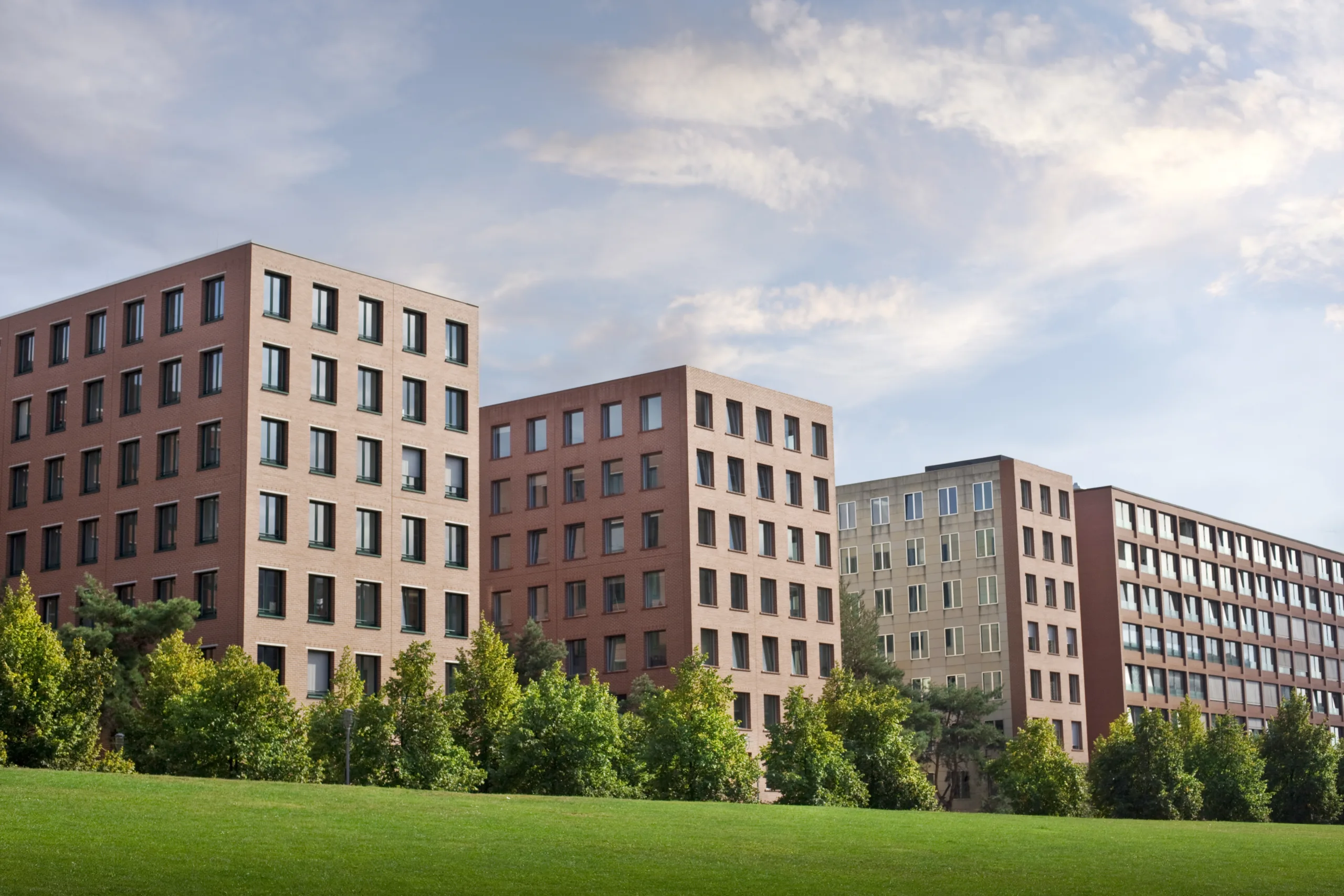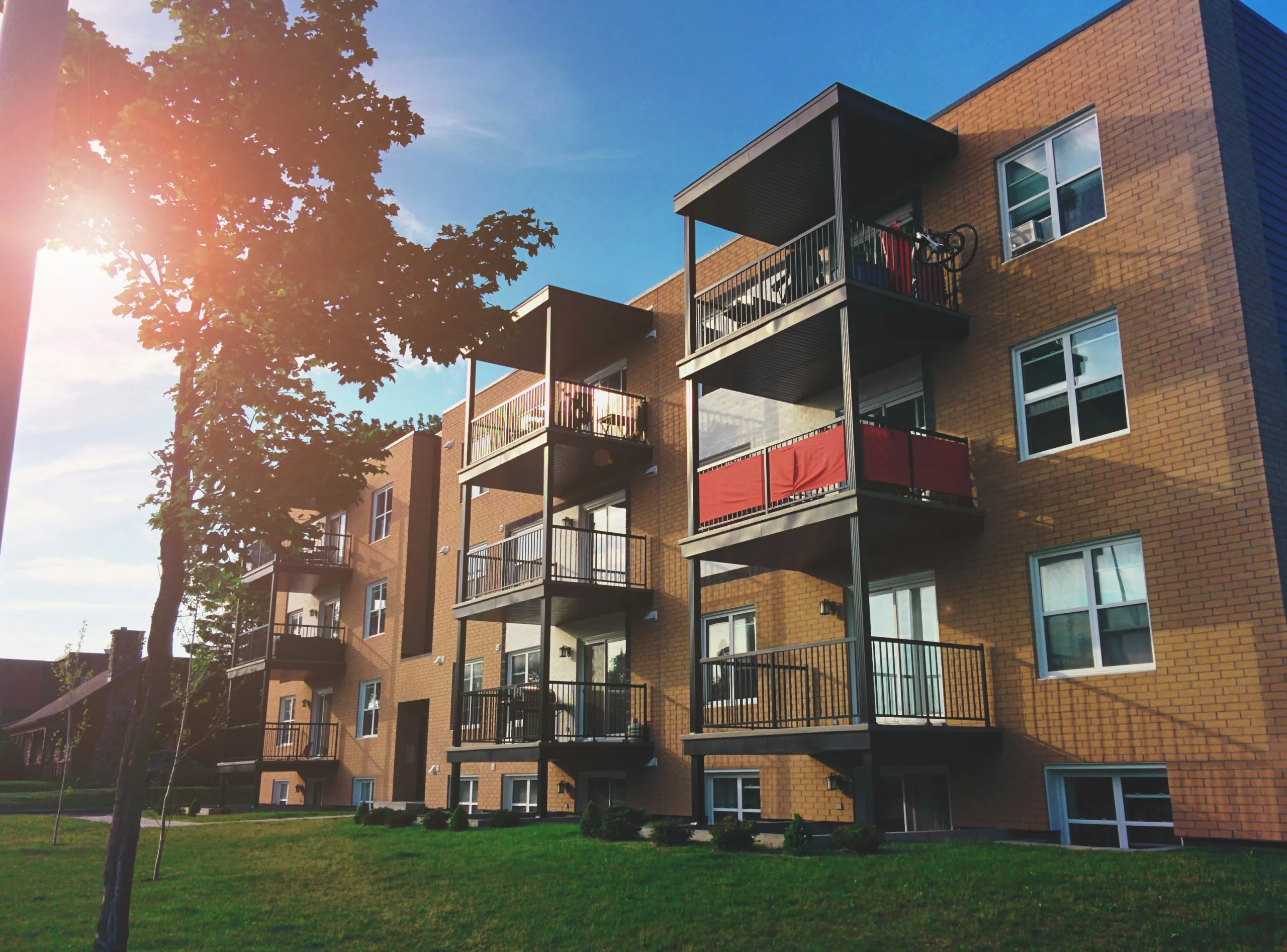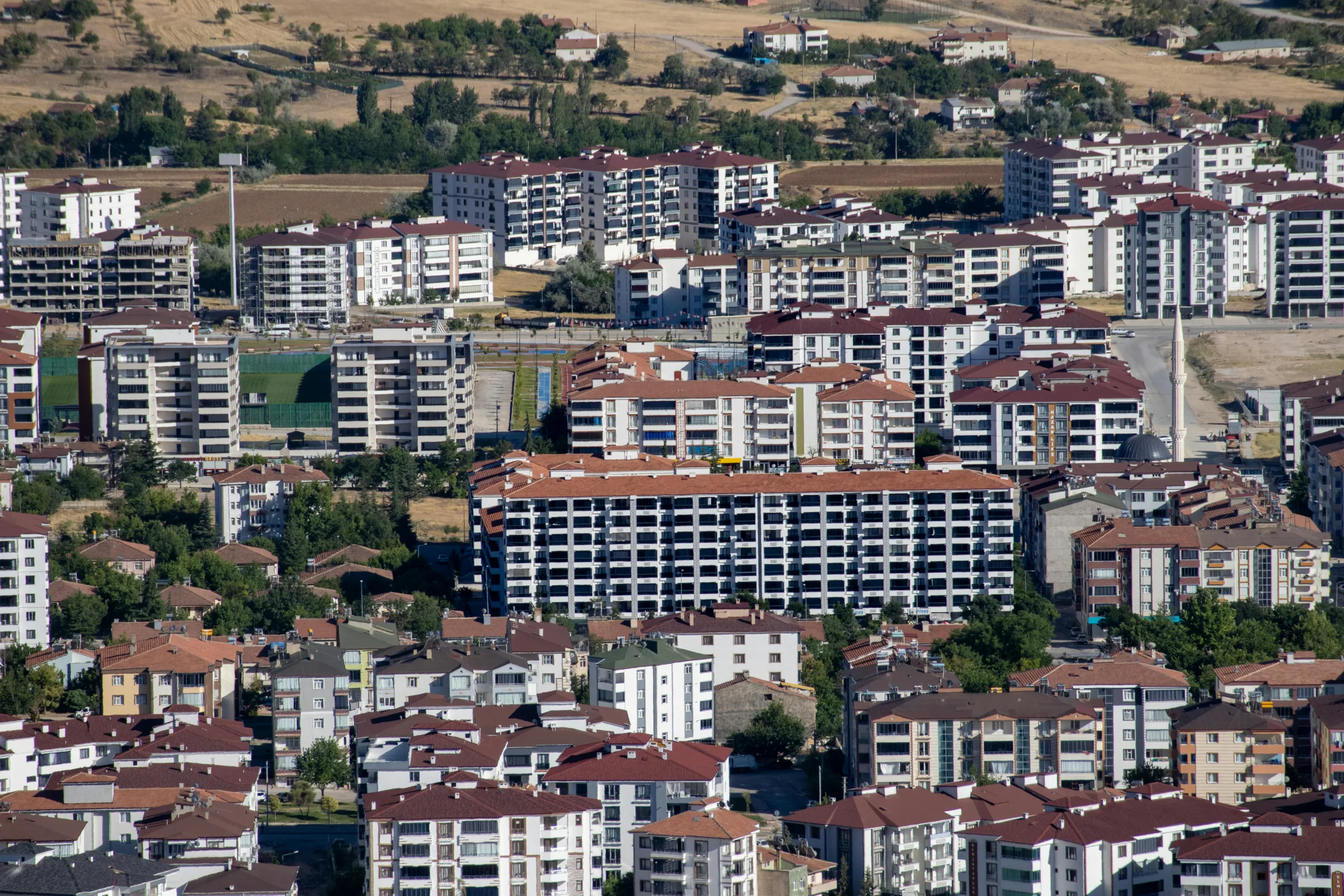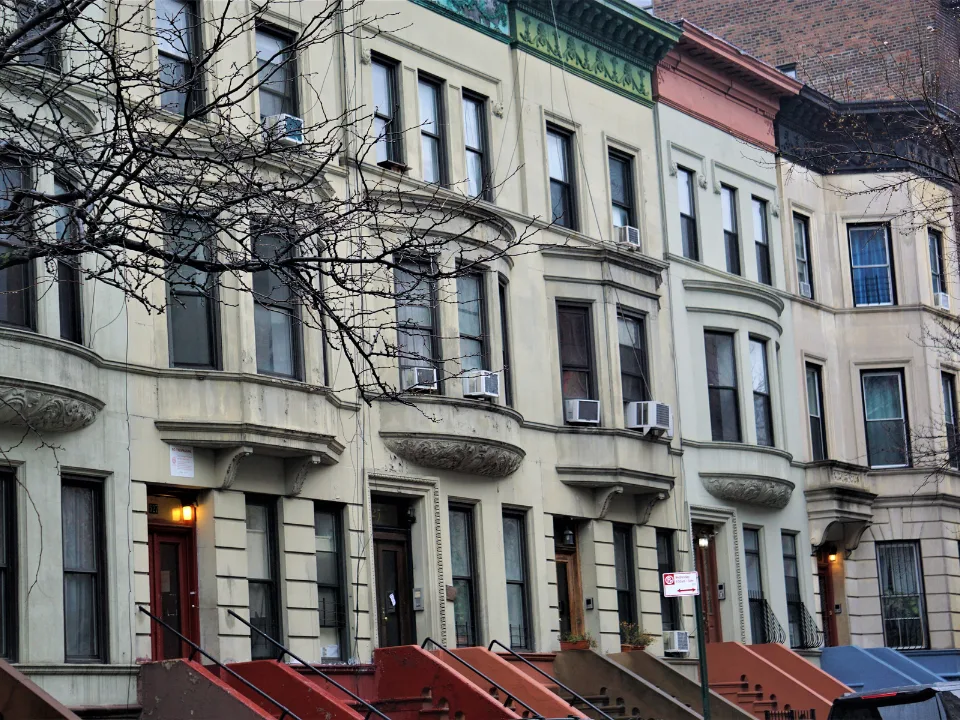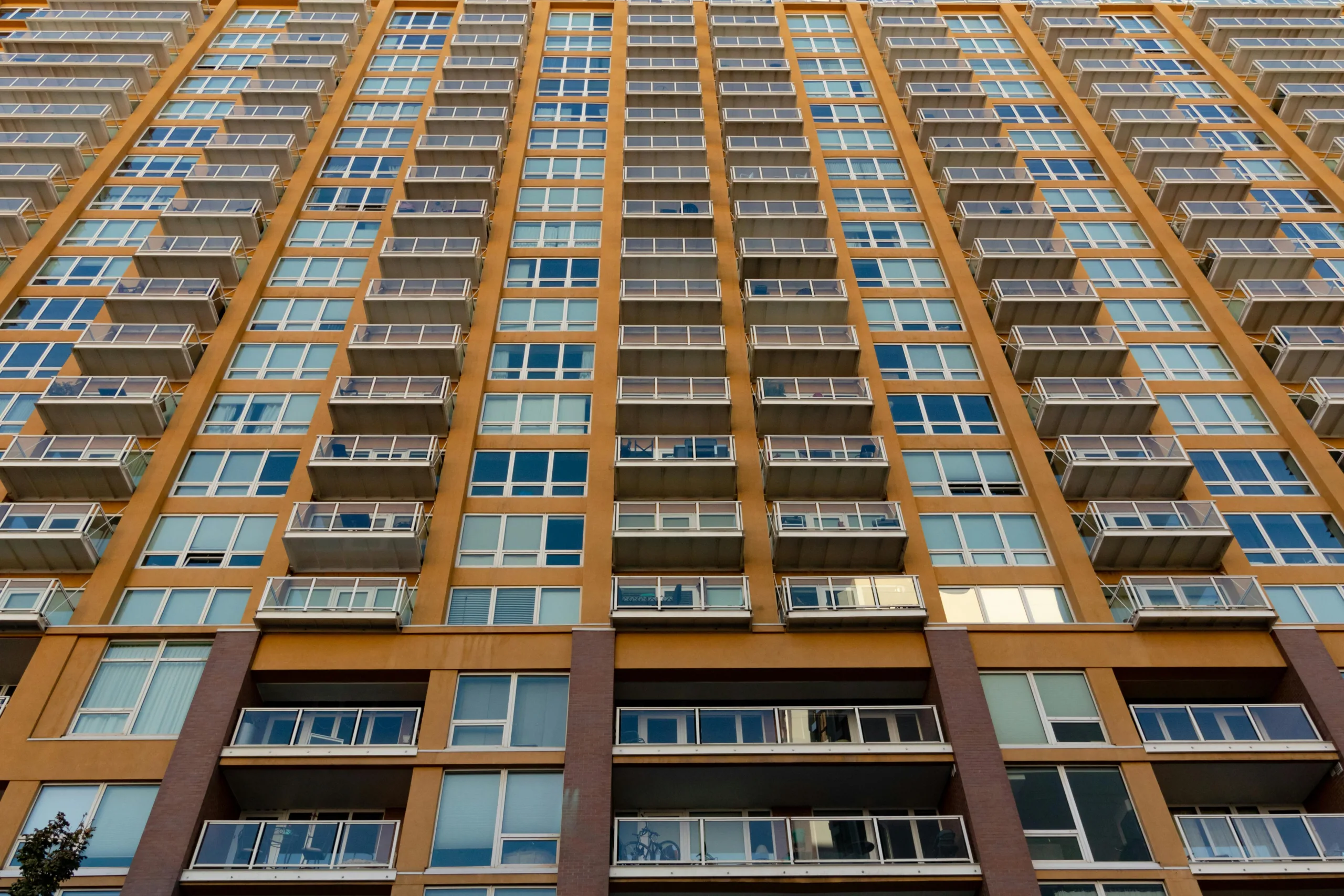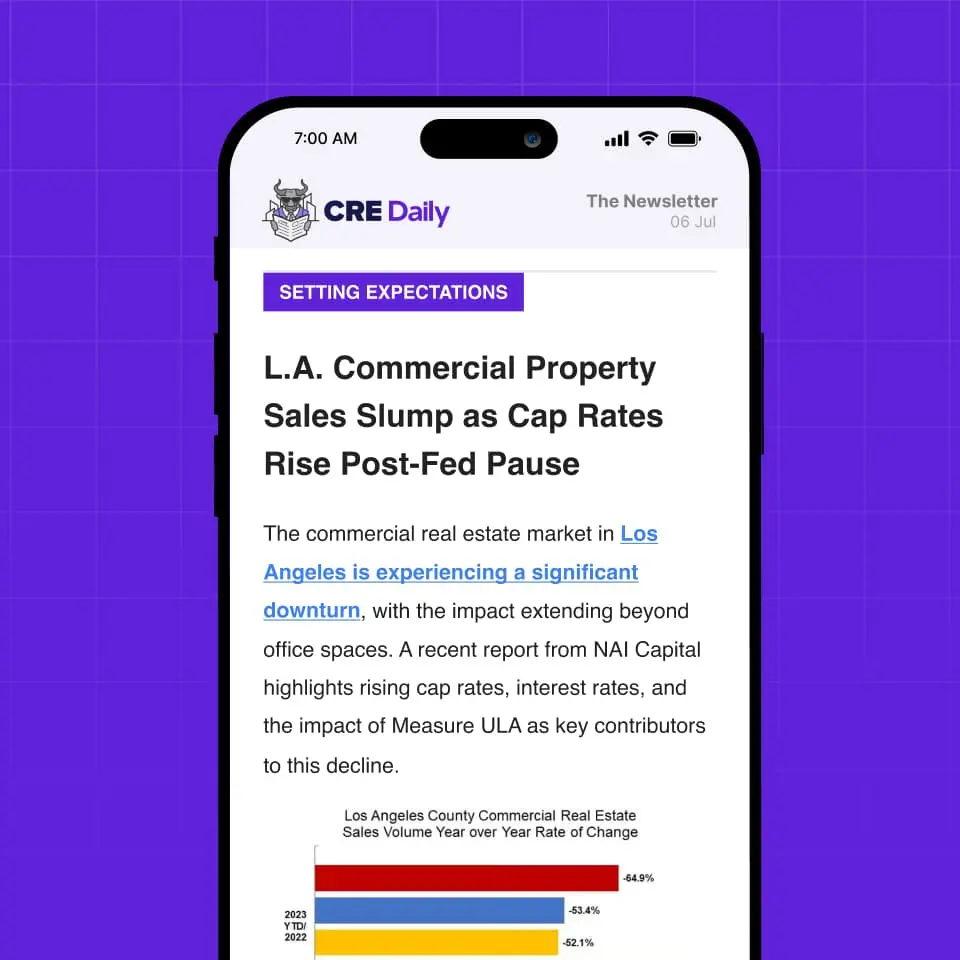- Augusta, Georgia, Leads the Nation in projected multifamily rent growth through 2030, with a 5.7% annual compound growth rate, followed closely by Syracuse, New York (5.6%), and Youngstown, Ohio (5.4%).
- Rust Belt and Northeast Markets Dominate the Top 10, reflecting affordable rents, modest supply pipelines, and steady demand.
- Austin, Seattle, and several Florida metros rank among the weakest for rent increases due to oversupply and softening demand.
Shifting Rent Growth Leaders
A new report from Markerr highlights a realignment in multifamily rent growth across the US Instead of the Sunbelt metros that led the surge from 2020 to 2022, the strongest gains through 2030 are expected in smaller and more affordable Rust Belt and Northeast markets.
According to Globe St, Augusta, Georgia, tops the list with projected annual growth of 5.7%, followed by Syracuse, New York (5.6%), and Youngstown, Ohio (5.4%). Other standouts include Albany, Rochester, Scranton, Providence, and the two Springfields—Missouri and Massachusetts. Dayton, Ohio, also made the top 10.
These metros are characterized by affordability and relatively constrained new supply, giving them an edge as demand remains steady.
Where Growth Is Slowing
At the bottom of the rankings are metros once considered hotbeds for multifamily investment. Seattle, Austin, and Salt Lake City are forecast to see just 2.5%–2.8% annual rent growth over the next five years. Other weak spots include Jacksonville, San Antonio, Sarasota, and multiple Florida markets such as Cape Coral and Lakeland.
Many of these cities face significant supply headwinds, with surging deliveries of new apartments creating a glut of units. Florida landlords in particular are contending with rising insurance premiums and HOA assessments, which are squeezing returns and capping rent growth.
Get Smarter about what matters in CRE
Stay ahead of trends in commercial real estate with CRE Daily – the free newsletter delivering everything you need to start your day in just 5-minutes
National Cooling Trend
National rent growth has slowed considerably. As of August, rents were up just 0.5% year-over-year, with the average effective rent at $2,038. That marks a sharp deceleration compared to earlier in 2025, signaling a more measured market overall.
Single-family rentals are showing similar regional divides. Growth is strongest in the Northeast and Midwest, especially in Providence, Chicago, and Syracuse. Florida metros, by contrast, are seeing rent declines for detached housing.
Affordability Picture
Gateway cities like New York, Miami, and Los Angeles remain the least affordable, with rent-to-income ratios far above 30%. By contrast, smaller metros such as Wichita, Huntsville, and Ogden, Utah, are far more accessible, with ratios closer to 16–18%.
Why It Matters
The findings underscore a market that is no longer uniform. Rust Belt and Northeast metros—often overlooked by investors—are now positioned for outsized rent growth. Meanwhile, Sunbelt powerhouses are grappling with supply surpluses that limit near-term gains.
As the report concludes, the next five years are likely to favor new regions over the old standbys, reshaping multifamily investment strategies nationwide.
